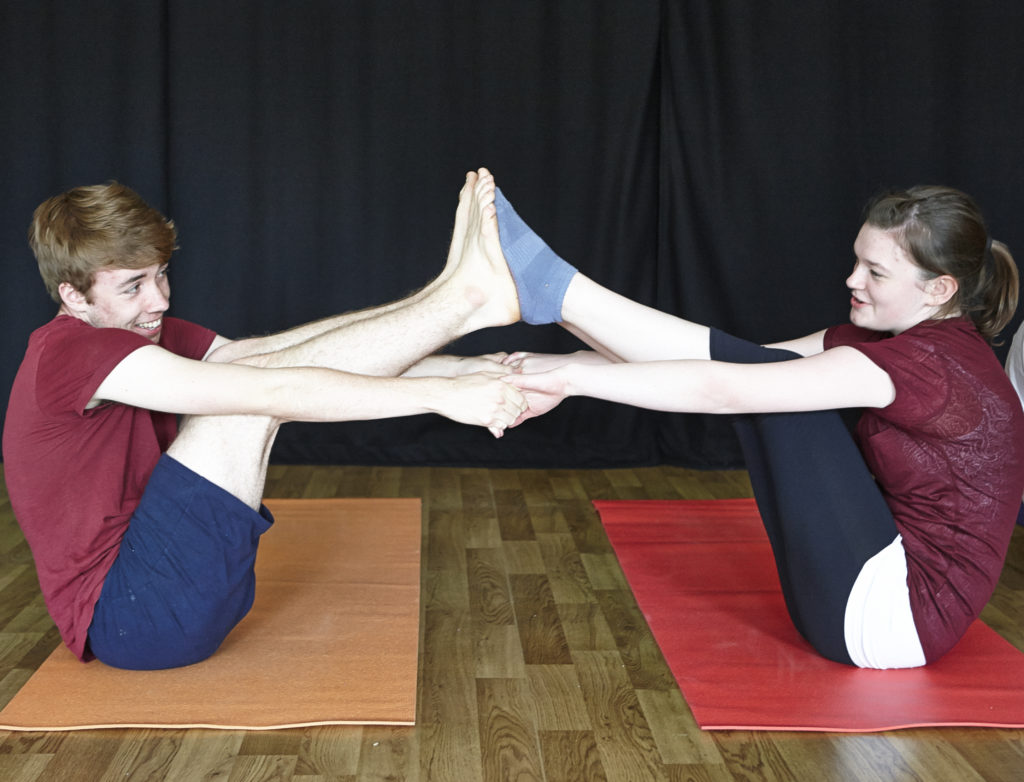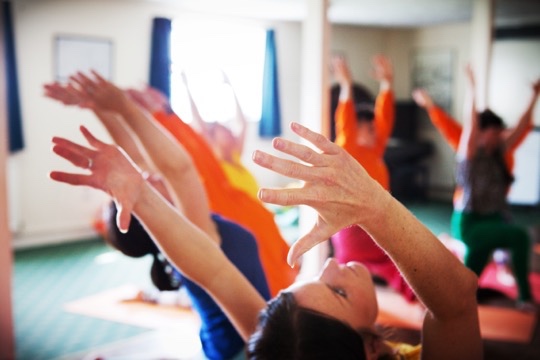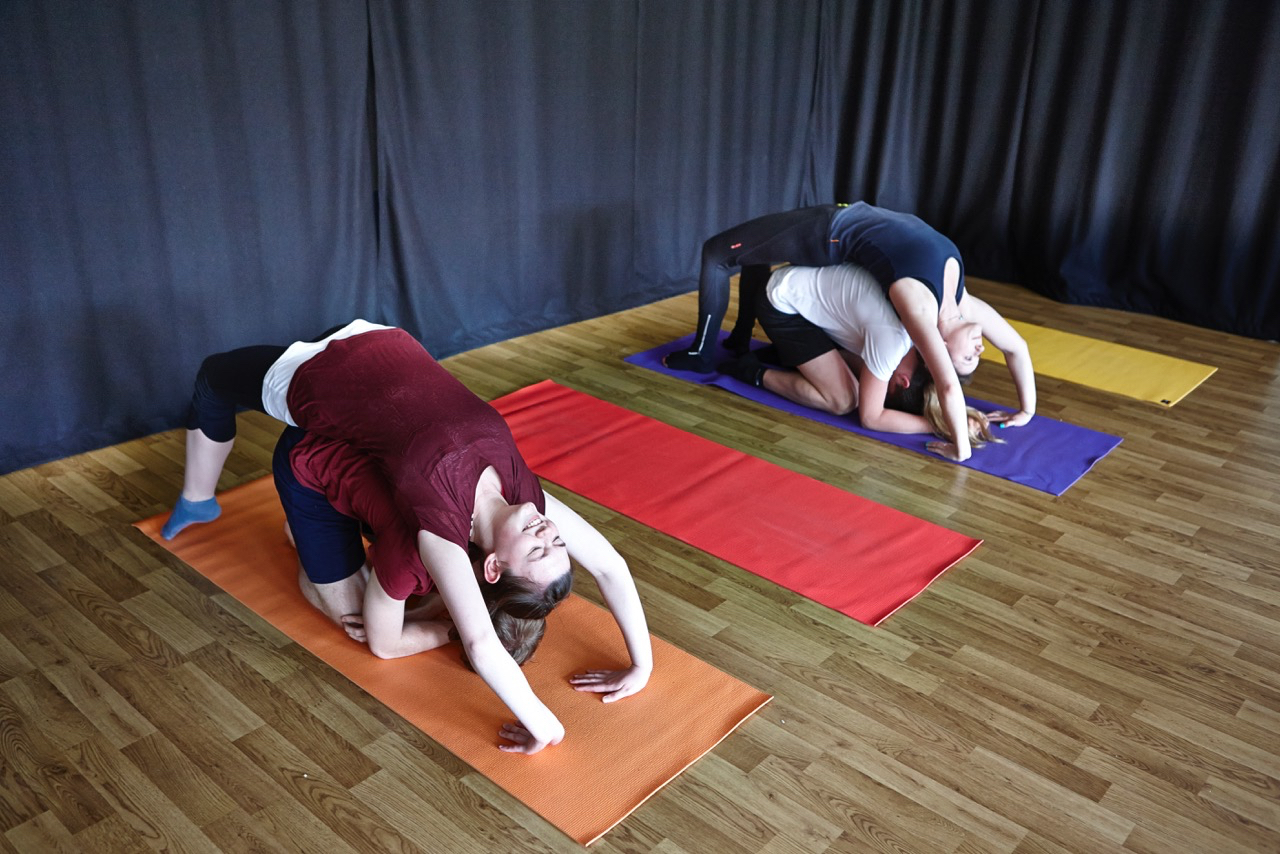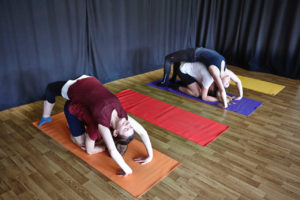
Mindfulness has eased its way into modern life, from cleaning your teeth before work to strolling along a beach on holiday.
Children can learn to mindfully eat a raisin (or even a chunk of chocolate – ssh!) for their mental wellbeing.
Stressed out execs have an excuse to return to their childhood crayons to mindfully colour-in a drawing.
Even MPs are minding themselves in Parliament, though you may think ‘more work is needed’ on seeing Prime Minister’s questions.
So if mindfulness is so great (and it is), then why do yoga? And why introduce the practice into schools where mindfulness is spreading further?
Experts debated this at the Instill 2016 conference on education, yoga and wellbeing held in London this month.
What’s the difference between mindfulness and yoga?
Mindfulness came to prominence in 1979 when US emeritus professor of medicine Jon Kabat-Zinn developed the mindfulness-based stress reduction programme.
He says: ‘Mindfulness practice means we commit fully in each moment to be present.’
Yoga’s exact age is less clear but it is widely thought to date back 5,000 years. It includes posture practice, breath work, meditation and personal guidance/observances relating to qualities such as non-competitiveness and non-violence.
The sage Patanjali, who wrote the formative Yoga Sutras, said:
‘Yoga is a stilling of the fluctuations of the mind’ (or in Sanskrit: Yogas Citta Vrtti Nirodhah).

But they still sound kind of similar?
Sat Bir Khalsa thinks so too. Dr Khalsa is assistant professor of medicine at Harvard Medical School and a leading researcher in yoga therapy. He says traditional yoga, without a doubt, incorporates mindfulness.
He told the Instill conference, organised by the Teen Yoga Foundation, that the techniques of meditation are almost identical to mindfulness. ‘You focus your attention in a relaxed manner and mind wandering goes,’ he said.
Why bother with yoga at all?
Because people who just practice mindfulness have missed a trick – to engage the body. Dr Khalsa says the body contributes to cognitive functioning.
This view is supported by many including US leading neuroscientist and child psychiatrist Dan Siegel who believes the focus involved in mindful movement – or yoga – helps to integrate the brain and enable reasoned decision making.
While Dr Khalsa says the benefits of yoga include –
• improved respiratory function, coordination and balance
• ability to self-regulate emotions
• mindfulness or awareness
• Giving life purpose.

But can’t schoolchildren just do gymnastics?
It’s not the same, says Heather Mason, founder of the Minded Institute. She is leading a call to get yoga on the school curriculum – with over 400 letters sent to MPs urging them to support an early day motion on this. She has presented on this issue to the All-Party Parliamentary Group on Indian Traditional Sciences.
The yoga therapist told Instill that mindfulness is an inherent part of yoga, as otherwise postures are just stretching (or gymnastics). She added that controlled breathing and movement helps students to sit in meditation. This allows more prefrontal cortex activation (the reasoning part of the brain).
So, mindfulness or yoga?
Both have their place. Yoga covers mindfulness too though. Or as Ingunn Hagen, a professor of psychology in Norway, offered to the debate: ‘Why focus on just our head? We are doing enough of that in our universities.’
Take mindful action
Write a letter to your MP supporting the call to get yoga in the school curriculum and the NHS.
Interested in teen yoga? I am an accredited teen yoga teacher – email me via ‘connect’ below for class details. Or find a teen yoga teacher via Teen Yoga, the UK’s fully accredited teen yoga and mindfulness training course.
Find out more about the Teen Yoga Foundation.
With thanks to Teen Yoga for the images.


Pingback: Mindfulness and yoga... - Teen Yoga Foundation